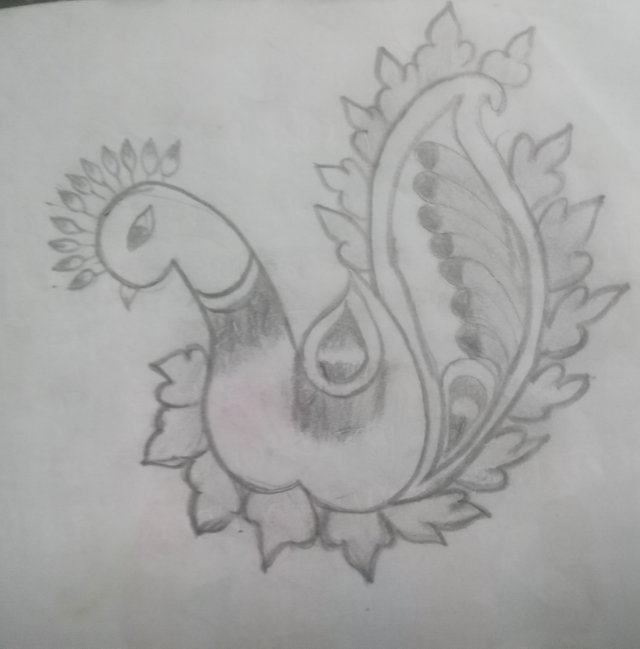Photography
Peacock: Symbol of natural beauty and cultural heritage
Peacock is one of the most beautiful and charming birds in the world. Its colorful plumage, large beak and gentle nature have won the hearts of humans since ancient times. This article will present information on the peacock's identity, species, habitat, diet, breeding, cultural and religious importance and conservation.
Peacock introduction
Peacock is originally known as 'Peafowl', where male peacock is called 'Peacock' and female peacock is called 'Peahen'. They are birds belonging to Phasianidae family. There are three main species: the Indian peacock (Pavo cristatus), the green peacock (Pavo muticus), and the Congo peacock (Afropavo congensis).
![20240501_183920.jpg]### species
Indian Peacock
Indian Peacock (Pavo cristatus) is widely found in India, Sri Lanka and Bangladesh. The plumage of male peacocks is very colorful and large, which is matched to attract female peacocks during the breeding season. Their feathers show a mixture of blue, green, gold and silver.
Green peacock
The Green Peacock (Pavo muticus) is found in various regions of Southeast Asia. Although their feathers are greener and less colorful, peacocks are no less beautiful. They are slightly taller than the Indian peacock and are usually covered in bright green feathers.
Congo peacock
The Congo peacock (Afropavo congensis) is found in the Congo region of Africa. They are smaller in size and the color pattern is different from Indian and Green Peacock. Their feathers are grey-blue and less colorful.# residence
The peacock's natural habitat is mainly forests, open fields and farmlands. They nest in trees and roam the ground in search of food during the day. Indian peafowl live in forested and rural areas, where there is adequate food and shelter. The green peafowl lives mainly in dense forests, while the Congo peafowl is found in the wet forests of the Congo.
Diet
Peacock is an omnivore. Their diet consists of grains, seeds, fruits, insects, small reptiles and sometimes small mammals. An important aspect of peacocks' diet is that they help farmers by eating harmful insects, which ensures crop protection.
Reproductive process
Peacock breeding season is usually during the rainy season. At this time, male peacocks try to attract female peacocks by holding their large beaks. Male peacocks display their feathers in front of female peacocks by waving and dancing. A female peacock lays 4-8 eggs at a time and takes about 28 days to hatch. The young stay with the mother at first and gradually become independent.
Cultural and religious significance
The peacock carries special cultural and religious significance in the Indian subcontinent. The Indian peacock is the national bird of India and is mentioned in various Puranas and religious texts. In Hinduism, the peacock is considered the vehicle of goddess Saraswati and god Kartikeya. Peacocks are also important in Buddhism, where they are seen as symbols of purity.
Peacock feathers are used in various religious ceremonies and decorations. In the ancient Egyptian civilization, the peacock was considered a symbol of immortality. Peacocks were also important in Greek and Roman civilizations, where they were seen as symbols of beauty and opulence.
Preservation process
Peacock numbers are currently declining due to deforestation, poaching and climate change. The International Union for Conservation of Nature (IUCN) lists the Indian and Green Peacock as 'Near Threatened'. Efforts are being made to increase the number of peacocks through various conservation projects such as reforestation, breeding programs and prevention of poaching.
Conclusion
The peacock is not only a symbol of beauty, but also carries cultural, religious and ecological importance. Peacock's colorful plumage, gentle nature and melodious calls captivate us. But their preservation has now become extremely important. Through collective efforts we can create a safe and secure environment for peacocks, which will ensure their existence and make our world more beautiful.
 )
)